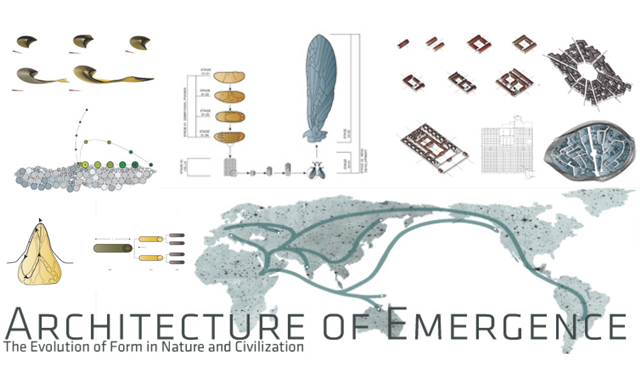09.02.2011 / MICHAEL WEINSTOCK
09.02.2011, 14:00, Michael Weinstock @ HCI J 4
www.architectureofemergence.com
Metabolism of the City
Geometry has always been the principal mathematical means of describing the form of a city, persisting from the plans of ancient cities through to many contemporary studies. In recent decades there has been an increasing interest in the application to urban analysis of mathematical techniques that are more commonly used in biological studies of the metabolism of individual animals and insects, in their social groupings and collective constructions, and in the relations of energy, information and material flows through ecological systems.
The hypothesis of our current research is that the combination of the study of energy, information and material flows and their networks in relation to the environmental physics of the urban surface and spatial patterns of the city, and how each acts upon the other over time, will be a significant step towards understanding of the dynamics of cities.
Michael Weinstock’s lecture:
_
Michael Weinstock’s focus is on the complex systems of the physical world: the forms and processes of the climate, the land surface of the earth, the emergence and evolution of all living species and of genetics, followed by the dynamics of individual and collective metabolisms from which intelligence, social and spatial orders emerge.
Weinstock’s strategy to generate an urban form through series of genetic evolutions is based on climatologist mathematics and physics. Two settings (quantitive data) are enought to predict most of the energetic behaviour of the urban form. Considering the topology as an analitical tool, and aided with a “very simple RhinoScript” “…it is possible to generate the number of conections on topological networks from the most private room to the city as a whole.”
